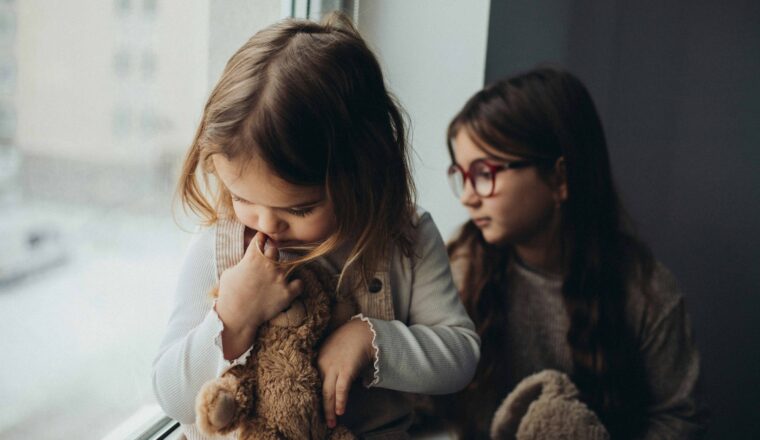
Anxiety in Children: Signs to Watch For & How to Help
Anxiety is a completely normal part of growing up and going through adolescence, but for some kids, it can become truly overwhelming and begin negatively impacting their happiness, productivity, friendships, and success at school.
At Columbia Community Mental Health (CCMH), we believe understanding and compassion are essential when it comes to supporting children through anxious periods. Let’s discuss what anxiety in children can look like, and how you can help your child feel more grounded and secure.
Common signs of anxiety in children
Kids may not always have the right words to convey their worries or feelings, so anxiety can manifest in many different ways. Here are some signs to watch out for:
- Frequent headaches, stomachaches, or unexplained aches (especially before school or new activities)
- Difficulty sleeping, nightmares, or bedwetting
- Trouble concentrating or seeming “spaced out” in class
- Clinginess with parents or caregivers, or avoiding being alone
- Irritability or sudden angry outbursts
- Avoiding certain places, activities, or people, like refusing to go to school or participate in fun events
- Changes in eating habits; eating noticeably more or less
- Restlessness, fidgeting, or always seeming on edge
- Appearing overly self-conscious or worried about what others think
- Constant worrying or negative thoughts that are hard to soothe
Sometimes children experience physical anxiety symptoms such as headaches or stomachaches, even if they aren’t able to actually say that they feel anxious. In older kids or teenagers, you may also notice an increased fear of social situations or concerns about academic performance.
Ways to help an anxious child
If you think your child is struggling with anxiety, here are some gentle and practical steps you can try to work with and support them on their journey:
1. Chat openly
Let your child know it’s okay to talk about worries. Listen without judgment, and reassure them that you understand their feelings are real and valid. Simple questions like, “Want to tell me more about what’s on your mind?” open doors to connection.
2. Validate their feelings
Don’t minimize (“It’s not a big deal!”), but actually let them know that it’s completely okay and normal to feel anxious sometimes. Validation (“That sounds tough, but I’m here for you.”) can go a long way to make a child feel safe, secure, and seen.
3. Create Predictable Routines
Consistency with meals, bedtimes, and activities helps children feel secure and reduces anxiety about what’s coming next. Knowing what to expect each day, like having a set bedtime routine, can make a big difference.
4. Encourage Problem-Solving
Work together to break big challenges into smaller, manageable steps. Celebrate small wins, and remind them it’s okay to ask for help when things feel hard.
5. Be a Steady, Reliable Role Model
Children often mirror the emotions of adults around them. By managing your own stress in healthy ways and staying calm during tough moments, you help your child learn how to handle big feelings, too.
If anxiety is beginning to affect your child’s life at school, home, or within friendships, don’t hesitate to seek professional support. Whether that’s their school counselor or through our team at CCMH or other support groups, there are many places and people that can provide the right counseling and resources for your children and families.
With patience and kindness, and the right support, children can learn how to effectively manage anxiety and stress and feel confident handling anything life throws their way. Reach out to our team at CCMH if we can help support you or your child on their journey!




